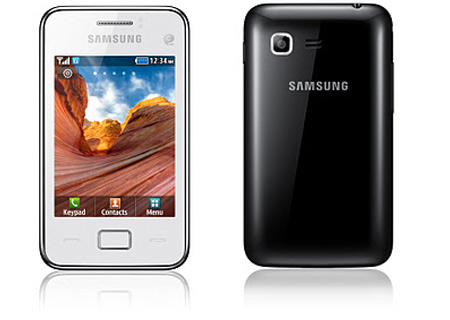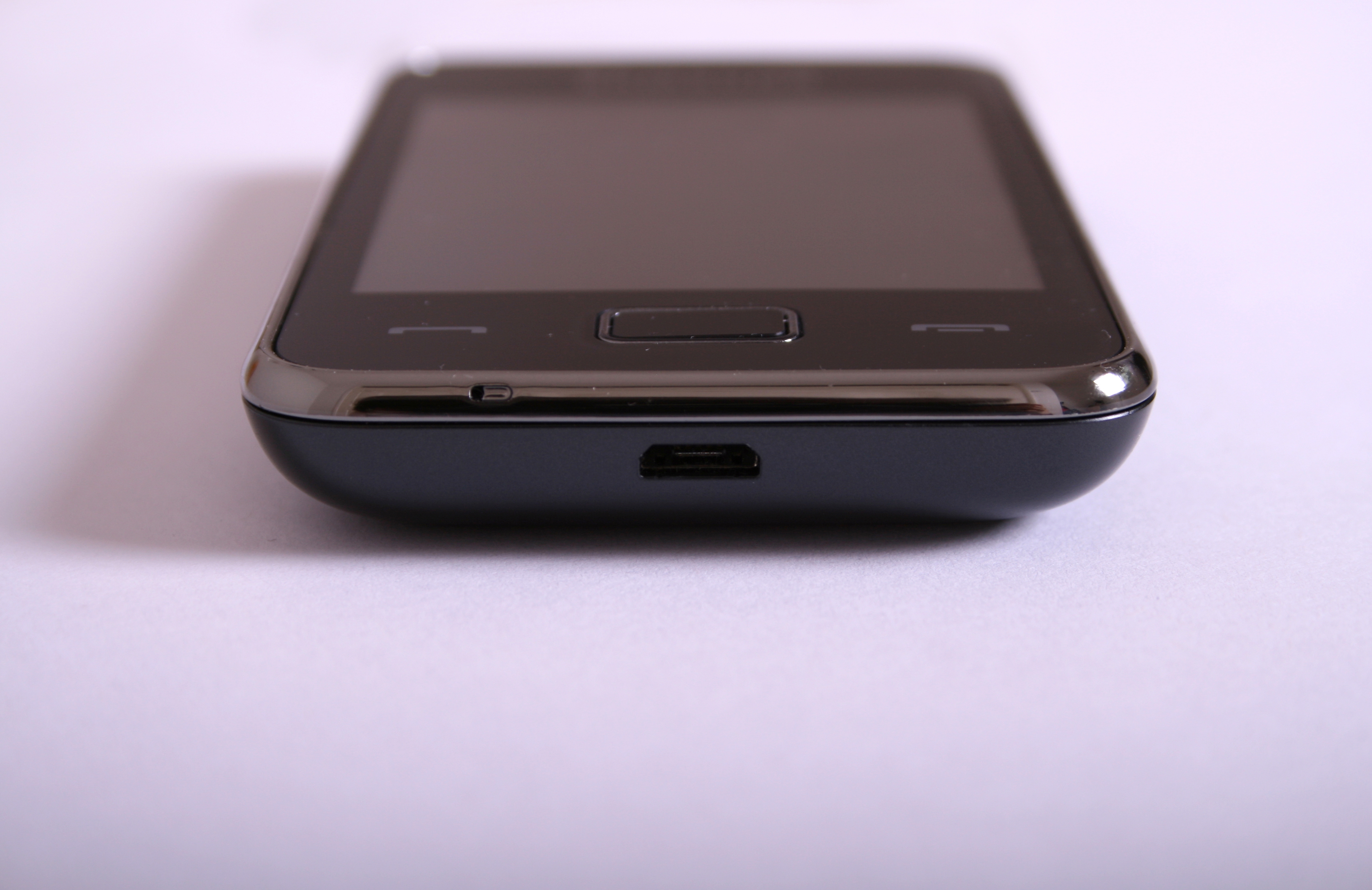TechRadar Verdict
The problem with the Tocco Lite 2 is that it's a feature phone, not a smartphone, but it's priced at around the same level as some budget smartphones.
Pros
- +
Great battery life
- +
Good for making calls
- +
Loads of messaging options
- +
Decent music player
- +
Expandable storage
Cons
- -
Poor touch screen
- -
Cramped keyboard
- -
No 3G
- -
Only 20MB of internal storage
- -
Slow browser
Why you can trust TechRadar
The original Samsung Tocco Lite was the little phone that could. It took the world by storm despite boasting modest specs and lacking features that have come to be taken for granted – such as Wi-Fi.
Thankfully the Samsung Tocco Lite 2 does have Wi-Fi, but a lot has changed since the 2009 launch of the Samsung Tocco Lite, which in the phone world was a lifetime ago.
So has the Tocco Lite 2 done enough to stay competitive?

In a bold move from Samsung the Tocco Lite 2 runs the company's own proprietary operating system (Bada) rather than Android (which their Galaxy range has found so much success with).
This wasn't such a big deal on the original Samsung Tocco Lite, as back when that came out Android was still finding its feet.
But it's 2012 now and a handset that runs anything other than iOS, Android, Windows Phone or, at a push, Blackberry OS, runs the risk of rendering itself instantly obsolete.

The Tocco Lite 2's specs aren't exactly going to set the world alight either, with a small 3.0-inch 240 x 320 TFT touch screen, just 20MB of internal storage and a 3.2MP camera.
Sign up for breaking news, reviews, opinion, top tech deals, and more.

As with the original Samsung Tocco Lite, the Samsung Tocco Lite 2's salvation may be in its price tag.
Available from around £80 SIM-free it's not likely to trouble your wallet too much, making its bare-bones specs easier to stomach.

But with similarly priced Android handsets such as the Samsung Galaxy Y, Huawei Ascend G300 and LG Optimus L3 to compete with the Samsung Tocco Lite 2 may have a hard time standing out.

True to its name, the Tocco Lite 2 is an incredibly lightweight phone. At only 95.5g it feels more like a toy than a real phone and this isn't helped by its flimsy plastic build.
With dimensions of 58 x 102 x 11.58mm it's pretty tiny and fits snugly into even small pockets.
Despite its size it actually feels slightly chunky, as though it's not as long or wide as most handsets it is about as thick.

Looks wise it does nothing to stand out. In fact aside from switching some of the hardware buttons for soft touch ones it looks a lot like its predecessor.
The curved edges ensure that it's comfortable to hold, but it is a little small in the hand.

The Samsung Tocco Lite 2 has a handful of hardware buttons. There's a 'back' button below the display, which as the name suggests cycles' back one screen when pressed.
A dedicated soft touch dial button to the left of it minimises the amount of button presses needed to actually call a contact, while a soft-touch home button to the right brings you back to the home screen and can also be used to end calls.
On the left-hand side there's a volume rocker and on the right you'll find the power/lock button.

It's a reasonably logical layout, though the back button is where most handsets put their home button and vice versa.
The dial button also seems a bit limited in its usefulness. It would be nice, for example, if it could also be used as a menu button, since as it stands the button does nothing on most screens.

In terms of ports the Samsung Tocco Lite 2 has a 3.5mm headphone socket on the top left.
The original Samsung Tocco Lite had a proprietary socket, limiting you to the bundled earphones, so it's nice that Samsung are letting users choose their own headphones this time around.
A Micro USB port on the bottom can be used to plug in a charger or connect the phone to a PC and the Samsung Tocco Lite 2 also has a Micro SD card slot hidden away behind the back cover.
This last one is pretty vital given the paltry 20MB of internal storage, and can be used with cards of up to 16GB.

Despite being tucked behind the back cover the slot is actually quite accessible as the cover is easy to take on and off and there's no need to remove the battery.
The end result being that it's no hassle to switch Micro SD cards, which is great if you've got more than 16GB of media that you want access to.

James is a freelance phones, tablets and wearables writer and sub-editor at TechRadar. He has a love for everything ‘smart’, from watches to lights, and can often be found arguing with AI assistants or drowning in the latest apps. James also contributes to 3G.co.uk, 4G.co.uk and 5G.co.uk and has written for T3, Digital Camera World, Clarity Media and others, with work on the web, in print and on TV.
